Commencing the year with sherry brings us to a delightful dialogue that never fails to spark enthusiasm – the dialogue between sherry and an extensive array of delectable dishes. Picture a New Year’s feast exclusively featuring wines from Jerez; for devoted sherry enthusiasts, it’s an unparalleled way to inaugurate a promising 2024.
While opinions vary on whether wines must be paired with food to reveal their true essence, there’s a compelling argument that the multifaceted layers of sherry truly shine in the company of culinary delights. On the other hand, sherries also possess the remarkable ability to enhance the flavors of food, such as when a delicate, steamed fish is harmoniously complemented by the savory notes of a fino, akin to adding a pinch of salt to the dish. It’s a win-win scenario.
Crafting a sherry wine dinner is an artful endeavor, one that transcends mere libation to become a symphony of flavors and shared moments. Begin by extending an invitation to cherished companions, because sherry, with its intricate production processes and unique terroir influences, deserves to be savored in the company of those whose camaraderie you value most. Opt for an intimate gathering, ideally comprising 6 to 8 guests with a shared enthusiasm for wine.
Selecting the wines is an exercise in embracing the vast diversity that the Jerez region offers. From the crisp, briny nuances of manzanilla to the nutty complexities of amontillado, the opulence of oloroso, and the velvety sweetness of pedro ximénez, curate a varied assortment to showcase the breadth of sherry styles. Encourage exploration as a group, allowing everyone to appreciate the distinctiveness of each wine category. Clean, odorless glassware is non-negotiable; opt for stemware with generous bowls to amplify the aromatic journey.
While the rules of food and wine pairing are fluid, a suggested approach unfolds: finos and manzanillas, esteemed as extraordinary aperitifs, can be treated as the white wines of the evening, setting the stage for more robust selections to follow. Amontillados, positioned as intermediate styles, gracefully navigate diverse taste profiles. The potent palo cortados and olorosos, exhibiting concentration, aptly replace full-bodied red wines and are best enjoyed later in the dining experience. However, the sequencing depends on the specific wines – some longer-aged or less filtered wines from supposedly lighter styles might more appropriately be served after a technically fuller wine that has been otherwise heavily filtered. Sweeter-content wines should find their place at the finale, yet the beauty of sherry lies in its propensity for unexpected, extraordinary synergies. Guided by these foundational principles (not exclusive), let the art of mixing and matching unfold.

WHY SHERRY WINES ARE THE PERFECT WINE FOR PAIRING
The allure of sherry wines as the ultimate pairing companions stems from their inherent versatility and culinary adaptability. The realm of wine and food pairing is undeniably subjective and vast, with myriad components in both wines and dishes influencing one another. While not every wine seamlessly complements every dish, some stand out as more food-friendly, and sherry is undoubtedly in this esteemed category. What sets sherry apart and makes it a resounding success in diverse pairings? Firstly, it’s the broad diversity of wines from Jerez that provides an extensive palette of profiles to navigate a universe of ingredients and courses seamlessly.
Industry experts affirm that the current quality of sherry wines is at an all-time high, a vital factor ensuring intensity and finesse in pairings. Quality wines will typically facilitate attractive food and wine associations. The complexity of sherry arises from a fusion of key elements—and their levels found in the wines—such as body, sweetness or dryness, yeast contact, glycerine content, oxidation, and volatile acidity. These factors contribute to the vast range of tasting descriptors that enhance the wine’s versatility and affinity with various foods.
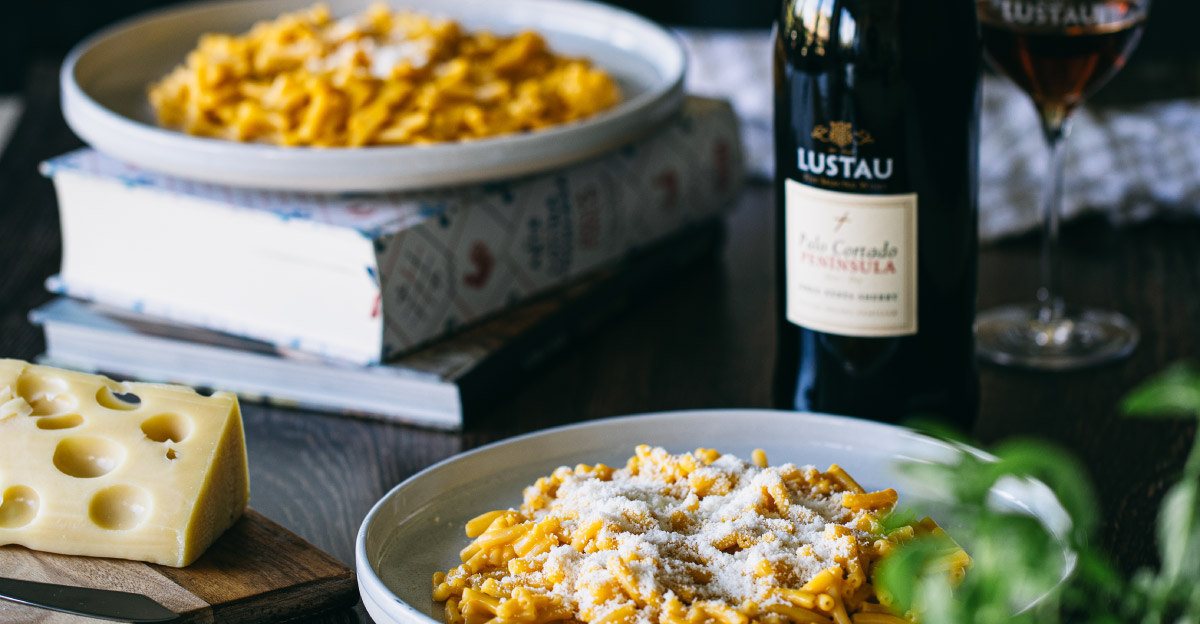
Sherry wine will facilitate attractive food and wine thanks to its vast range of tasting descriptors associations.
Dry pale sherry wines often boast descriptors like dryness, yeastiness, zestiness, umami, brininess, lean palate, lack of fruitiness, and a refreshing quality. In darker dry sherries, oxidative hints and smoky earthiness join the ensemble, creating a balance between intensity and finesse. The sweet styles introduce different sweetness levels, complex aromas and tastes, balancing acidity, subtle bitterness, and oxidative nuances. This medley of characteristics makes sherry wines a veritable treasure trove of food-friendly components, capable of harmonizing or contrasting with varying degrees of fattiness, density, concentration, or intensity in dishes. Notably, sherry’s intensity, a quality that increases with age, requires a nuanced approach to pairing. Older sherries, in particular, demand careful consideration of the interplay between flavor intensity in the wine and the dish. These wines can be so intense that the difference between sipping a drop or an ounce can be massive.
A COCKTAIL ANYONE?
The unique and diverse characteristics of sherry wines, coupled with their ability to harmonize with various flavors, make them a fascinating and delightful choice for crafting inventive and memorable cocktails. Sherry wines happen to be wonderful cocktail ingredients for several compelling reasons:
•Complex Flavor Profile: Sherry wines come in a variety of styles, each with its unique flavor profile. From the dry and crisp Fino to the rich and nutty Amontillado, and the sweet and luscious Pedro Ximénez, the diverse range allows mixologists to play with a spectrum of flavors, adding depth and complexity to cocktails.
•Versatility: Sherry’s versatility shines in cocktails, as it can be used as a base spirit, modifier, or even a substitute for other fortified wines. Its ability to complement both sweet and savory elements makes it a versatile choice for crafting a wide array of cocktails, from light aperitifs to robust nightcaps.
• Balance and Acidity: Sherry wines often have a balanced acidity that can enhance the overall structure of a cocktail. Whether it’s a Fino providing a crisp and bright element or an Oloroso adding richness, acidity in wine can contribute to a well-balanced and harmonious drink.
• Lower Alcohol Content: Compared to traditional spirits, sherry wines generally have a lower alcohol content. This can be advantageous in cocktails, allowing mixologists to create lighter, more refreshing drinks without overwhelming the palate with high alcohol intensity.
•Unique Characteristics: The oxidative and aging processes involved in sherry production impart unique characteristics like nuttiness, salinity, and subtle spiciness. These distinctive qualities add layers of complexity to cocktails, making them stand out and providing a memorable drinking experience.
•Culinary Pairing Possibilities: Sherry’s food-friendly nature extends to cocktails, making it a great companion for various culinary-inspired drinks. Its ability to pair well with a range of ingredients opens up creative possibilities for mixologists to experiment with complementary flavors.
•Historical Significance: Sherry has been used in mixed drinks in the US since the invention of mixology. With its rich history and tradition, incorporating sherry wines into cocktails can add a touch of heritage and sophistication. Drawing inspiration from classic sherry-based cocktails or creating innovative new mixes allows bartenders to connect with this storied wine.
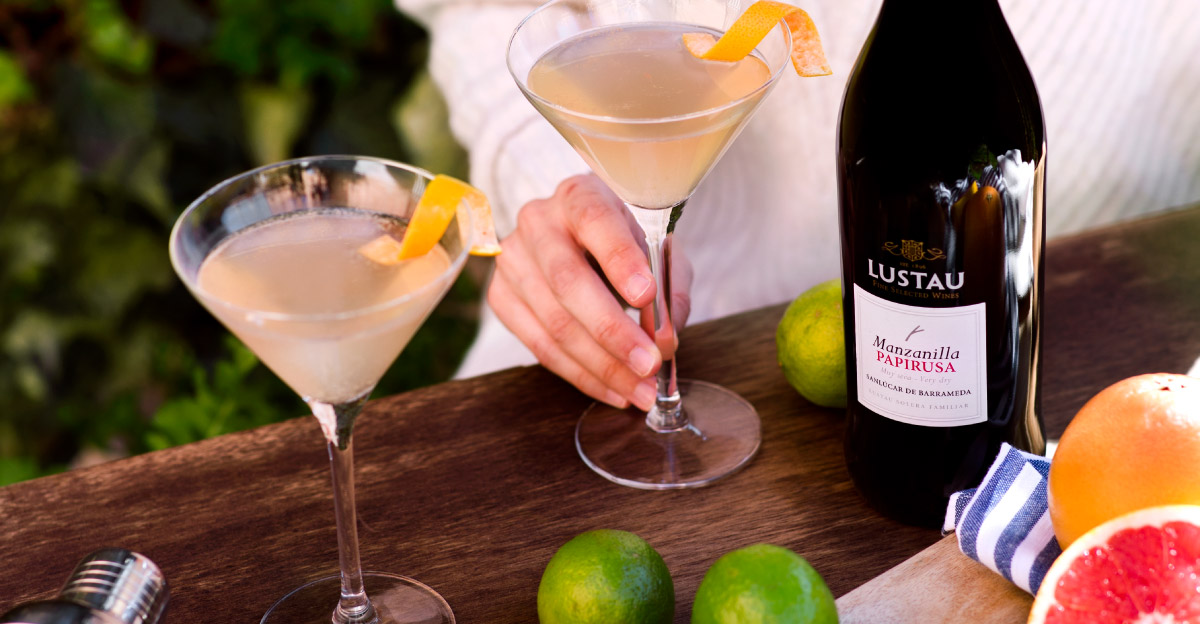
TYPE OF SHERRY WINES?
Here are the generic tasting notes for each of the most prominent types of sherry wines taken off the web of the Consejo Regulador (sherry.wine). Reading through them hopefully will provide a picture of what they taste like and start making us hungry!
• Manzanilla: “A very bright, pale straw-colored wine. A sharp, delicate bouquet with predominant floral aromas reminiscent of chamomile, almonds, and dough. Dry, fresh, and delicate on the palate, light and smooth despite a dry finish. Light acidity produces a pleasant sensation of freshness and a lingering, slightly bitter aftertaste.”
• Fino: “Bright straw yellow to pale gold in color. A sharp, delicate bouquet slightly reminiscent of almonds with a hint of fresh dough and wild herbs. Light, dry, and delicate on the palate leaving a pleasant, fresh aftertaste of almonds.”
• Amontillado: “Ranging from pale topaz to amber in color. Its subtle, delicate bouquet has an ethereal base smoothed by aromas of hazelnut and plants, reminiscent of aromatic herbs and dark tobacco. Light and smooth in the mouth with well-balanced acidity; both complex and evocative, giving way to a dry finish and lingering aftertaste with a hint of nuts and wood.”
• Palo Cortado: “Chestnut to mahogany in color with a complex bouquet that harmonizes the characteristic of amontillados and olorosos, citric notes reminiscent of bitter orange, and lactic notes suggestive of fermented butter. It has a deep, rounded, ample palate with smooth, delicate aromatic notes appearing in the aftertaste.”
• Oloroso: “Ranging from rich amber to deep mahogany in color, the darker the wine the longer it has been aged. Warm, rounded aromas which are both complex and powerful. Predominantly nutty bouquet (walnuts), with toasted, vegetable, and balsamic notes reminiscent of noble wood, golden tobacco, and autumn leaves. There are noticeable spicy, animal tones suggestive of truffles and leather. Full flavored and structured in the mouth. Powerful, well-rounded, and full-bodied. Smooth on the palate due to its glycerine content.”
• Cream: “Ranging from chestnut brown to dark mahogany in color this wine has a dense, syrupy appearance. A strong oloroso bouquet in the nose combines with a hint of sweetness reminiscent of roasted nuts, such as in nougat or caramel. Full-bodied and velvety in the mouth with a well-balanced sweetness.”
• Moscatel: “Ranging from chestnut to intense mahogany in color, with a pronounced density and tearing. The characteristic varietal notes of muscatel grapes stand out in the nose with the presence of the floral aromas of jasmine, orange blossom, and honeysuckle in addition to citric notes of lime and grapefruit. It has a restrainedly sweet palate with predominant varietal and floral notes leading to a slightly dry, bitter finish.”
• Pedro Ximénez: “A dark, ebony-colored wine with pronounced tearing and a thickness to the eye. On the nose, its bouquet is extremely rich with predominantly sweet notes of dried fruits such as raisins, figs, and dates, accompanied by the aromas of honey, grape syrup, jam, and candied fruit, at the same time reminiscent of toasted coffee, dark chocolate, cocoa, and licorice. Velvety and syrupy in the mouth and yet with enough acidity to mitigate the extreme sweetness and warmth of the alcohol leading to a lingering, tasty finish.”
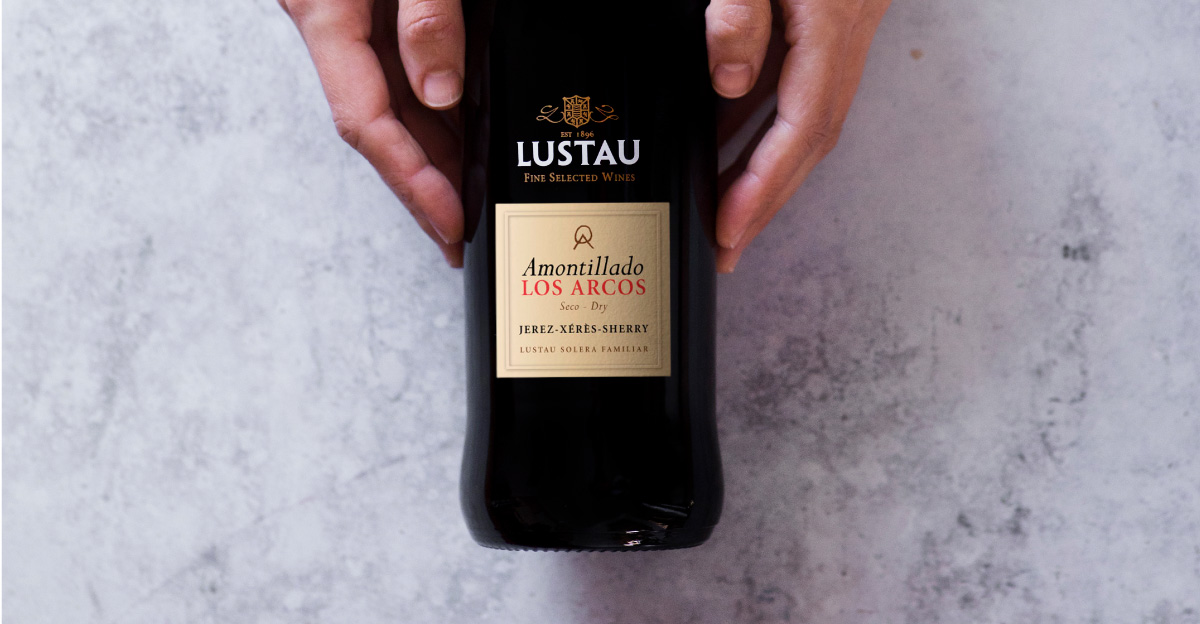
Certainly, based on the extensive range of taste profiles presented by each wine style, the potential combinations and alternatives are virtually boundless. A phrase we frequently employ is “from oysters to cigars,” emphasizing the versatility of pairings across a spectrum of flavors. Once the wine selection is finalized, the remaining decision revolves around the desired level of complexity in one’s culinary choices. It’s noteworthy that, often, simpler, and purer flavors tend to yield the most successful outcomes. Below, we’ve listed some impromptu food and sherry pairings that we particularly enjoy. (Feel free to inquire for more – we have many suggestions!).
FINO

If you like freshly shucked oysters this should be a no-brainer starter.
MANZANILLA
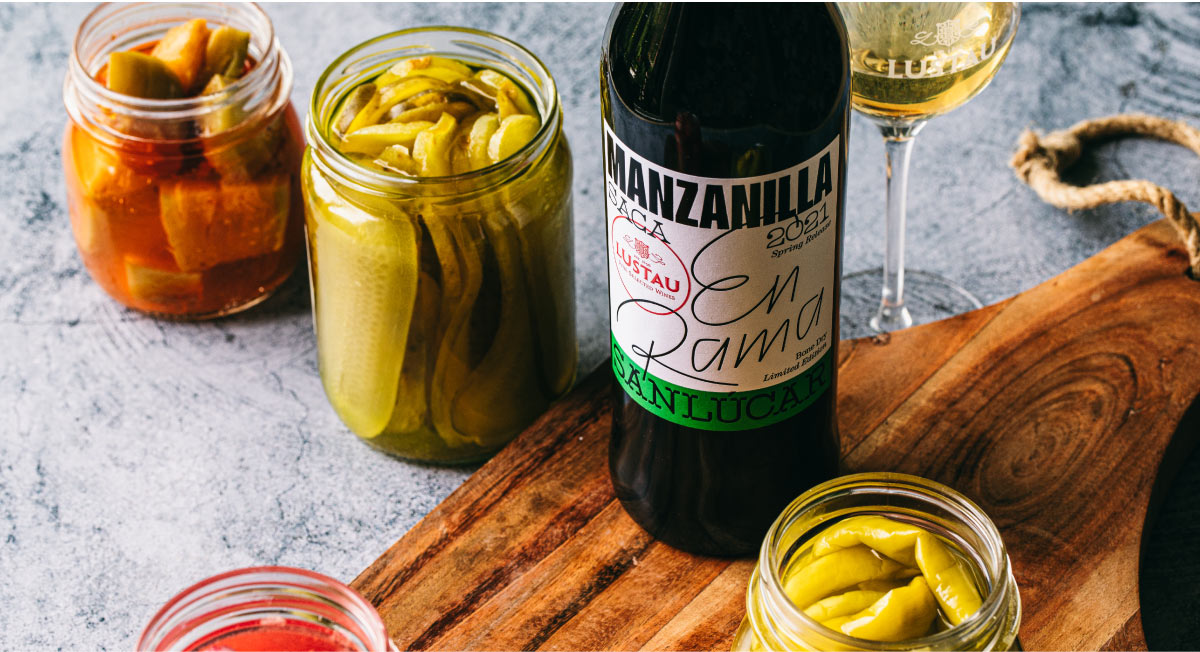
Have you tried it with true Jamón Ibérico de Bellota? Vegetarian or vegan? Experience real brininess and umami flavors with pickles.
AMONTILLADO
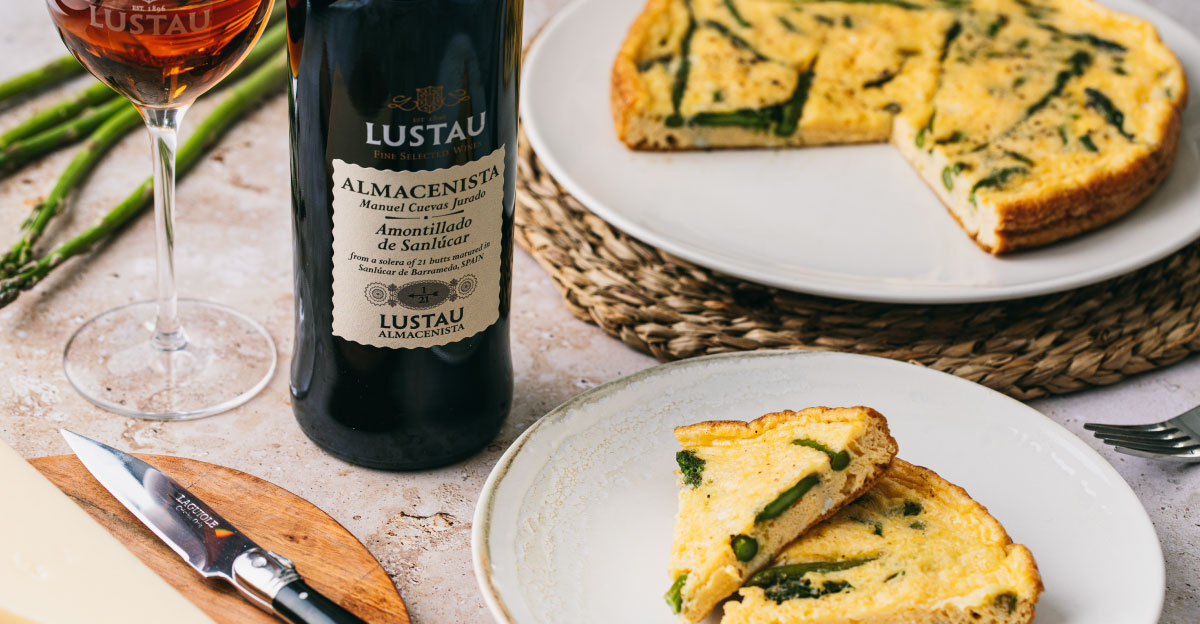
Grilled artichokes and amontillado are incredibly fun. Asparagus might be a great alternative to artichokes too.
PALO CORTADO
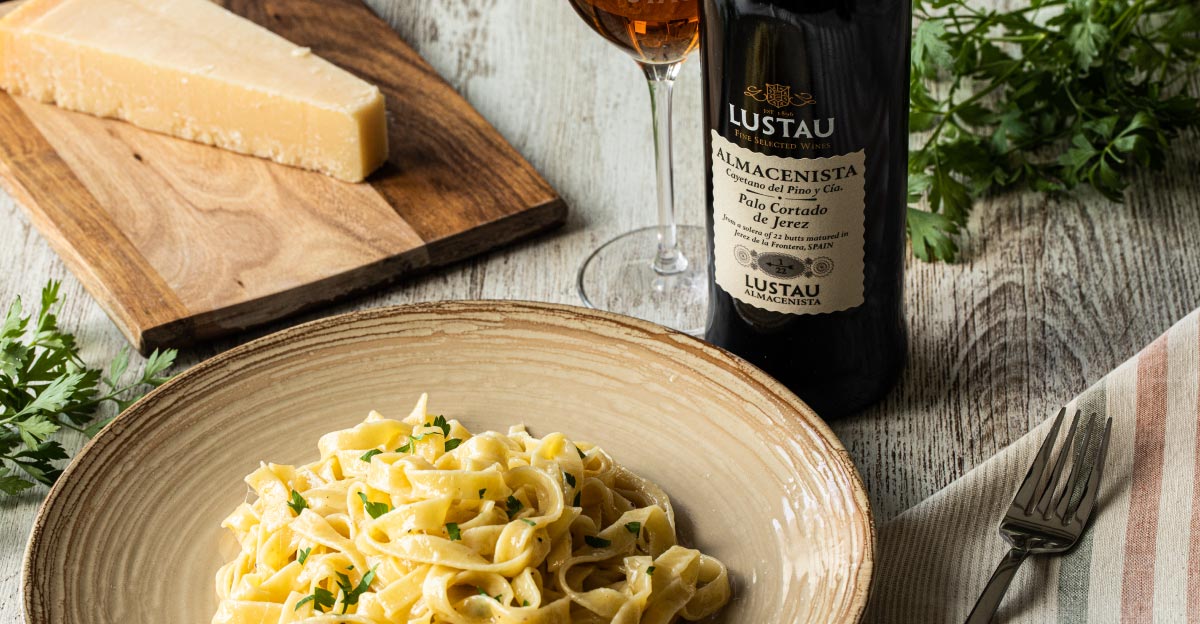
Tuna tartar, yes! Or maybe some fresh and delicate pasta?
OLOROSO
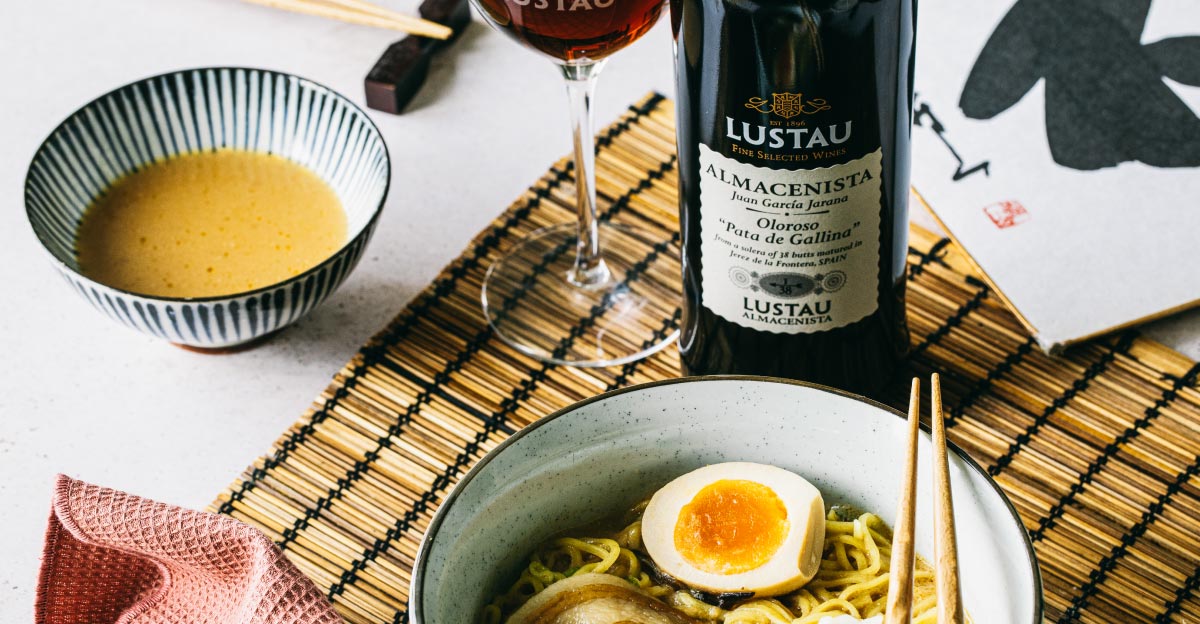
How about pork ramen (with extra chashu)? Let us know!
CREAM

Blue cheese is classic. We have the perfect choice for cookie lovers too.
MOSCATEL

Fresh fruit pie is simply delicious. Or fruit on its own. Neat and fresh..
PX
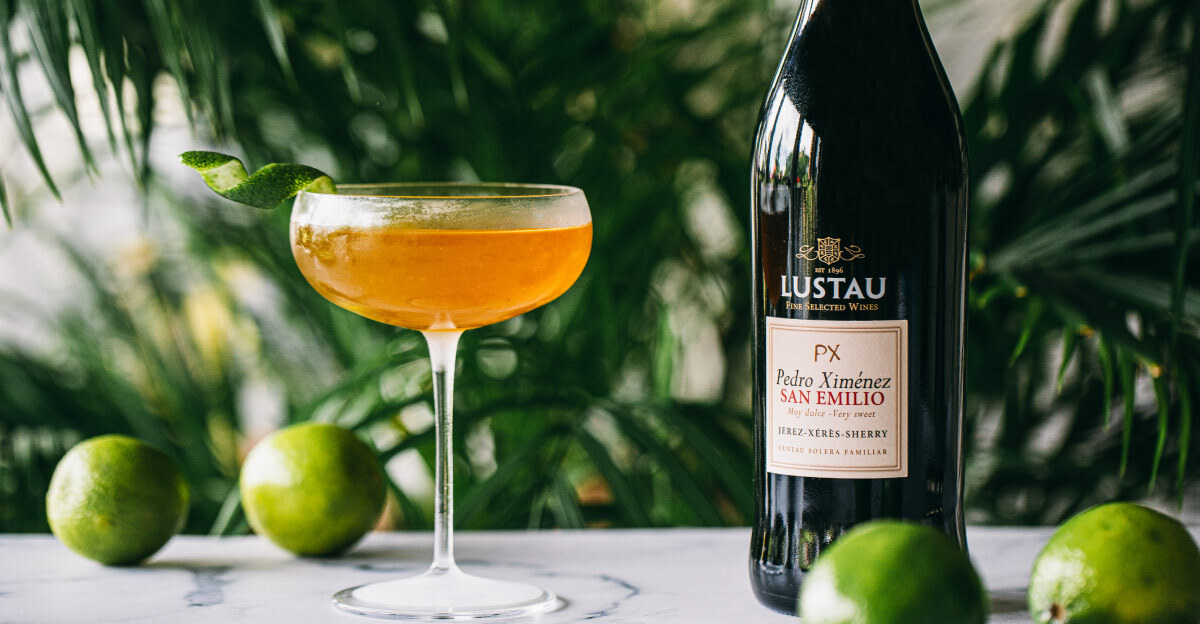
With fireworks…while you enjoy a perfect Daiquiri.







